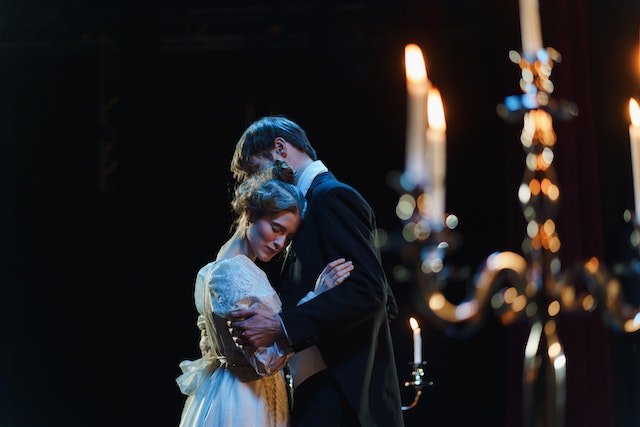Lighting is an essential aspect of creating a cinematic scene. It can create the desired mood, enhance the atmosphere, and draw the viewer's attention to specific elements within the frame. Here are some tips for lighting a cinematic scene:
-
Plan ahead: Before shooting, plan the lighting setup. Consider the mood you want to convey, the composition of the shot, and the story you want to tell. Sketch a lighting diagram or create a shot list that includes lighting notes.
-
Choose the right equipment: The equipment you use will depend on your budget and the needs of the scene. You may need a combination of natural light, artificial lights, and modifiers like softboxes, reflectors, or gels.
-
Determine the key light: The key light is the primary source of light in the scene. It should be positioned to one side of the subject, casting a shadow on the opposite side. The angle of the key light will depend on the mood you want to create. For example, a low angle can create a dramatic effect, while a high angle can create a softer look.
-
Add fill light: Fill light is used to fill in the shadows created by the key light. It should be less intense than the key light and positioned on the opposite side of the camera. A reflector can also be used as a fill light to bounce light back onto the subject.
-
Consider backlight: Backlight is used to separate the subject from the background. It is usually positioned behind the subject and slightly above, creating a halo effect. Backlight can also add depth to the shot and create a sense of space.
-
Use practical lights: Practical lights are lights that are visible in the scene, such as lamps or candles. They can add realism to the shot and create a sense of ambiance. You can also use practical lights to motivate the placement of other lights in the scene.
-
Experiment with color: The color of the lights can have a significant impact on the mood of the scene. You can use gels or colored bulbs to add warmth, coolness, or a specific color tone to the shot. You can also use color to differentiate between different areas of the frame.
-
Be aware of shadows: Shadows can add depth and texture to the shot, but they can also be distracting. Make sure to position the lights to create flattering shadows, and be aware of any unwanted shadows that may appear in the shot.
In conclusion, lighting a cinematic scene requires careful planning and attention to detail. By choosing the right equipment, positioning the lights correctly, and experimenting with color and shadows, you can create a compelling and visually stunning shot. Remember to always consider the story you want to tell and the mood you want to convey, and let the lighting enhance and support that vision.

